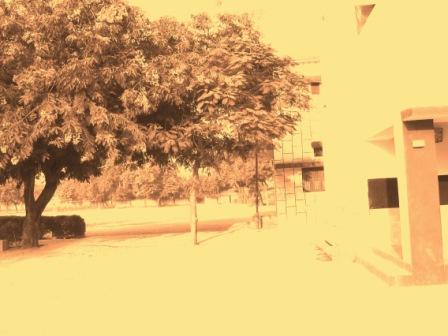The ghazal lends itself naturally to classical singing. So deep has this connection become that many ghazal lovers identify ghazals with the singers who made these ghazals popular, rather than with the poets. I heard most classical ghazals through contemporary singers, as earlier ghazals were penned at times when no audio recordings were possible...
This deep connection between a well established poetry form and classical singing is perhaps unique to the Urdu ghazal and South Asian musical traditions. I have wondered about why this is...
The ghazal as a poetry form is unsurpassed in terms of its rhyme quality, following the rhyming structure:
...A
...A [Couplet 1]
...B
...A [Couplet 2]
...C
...A [Couplet 3]
And often, in the hands of the most fluent and traditional-style poets, also:
...Y, PQA
...Y, PQA [Couplet 1]
..........B
...Y, PQA [Couplet 2]
..........C
...Y, PQA [Couplet 3]
The ghazal I recently translated, Peerzada Qasim's "Aap bohot ajeeb hain" is a beautiful example of the latter. Among 20th century poets, Jigar Moradabadi was also a natural at the latter form.
This circular structure of the ghazal lends itself well to singing. Once the first couplet [matla] is set to a classical melodios tune [raga], subsequent couplets follow the lead tune in a circular manner. Often, the first line of the first couplet is repeated after each subsequent couplet with a beautiful rhyming effect.
Ragas are all about mood. These classical musical compositions were meant to be entire experiences in themselves, instilling particular moods and feelings in the listeners. How naturally this then fits the ghazal! The ghazal is also about an experience of moods and feelings but through the layered meanings of the verses. Often, the singer's skill at composing a tune for a ghazal is all about picking the most appropriately matching raga on which to build the entire composition. When this is done well, the results are out of this world.
Is it any surprise that this poetry form and singing tradition took to each other and are now inseparable?
Subscribe to:
Post Comments (Atom)






No comments:
Post a Comment